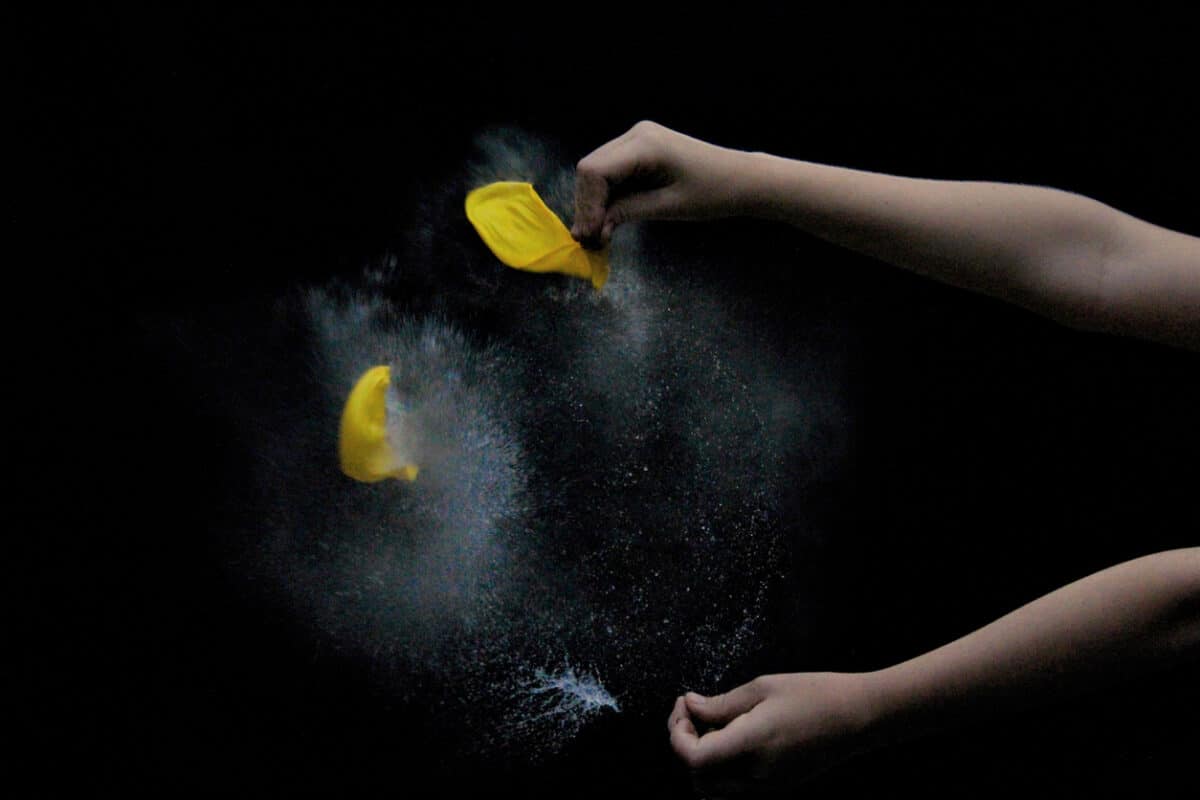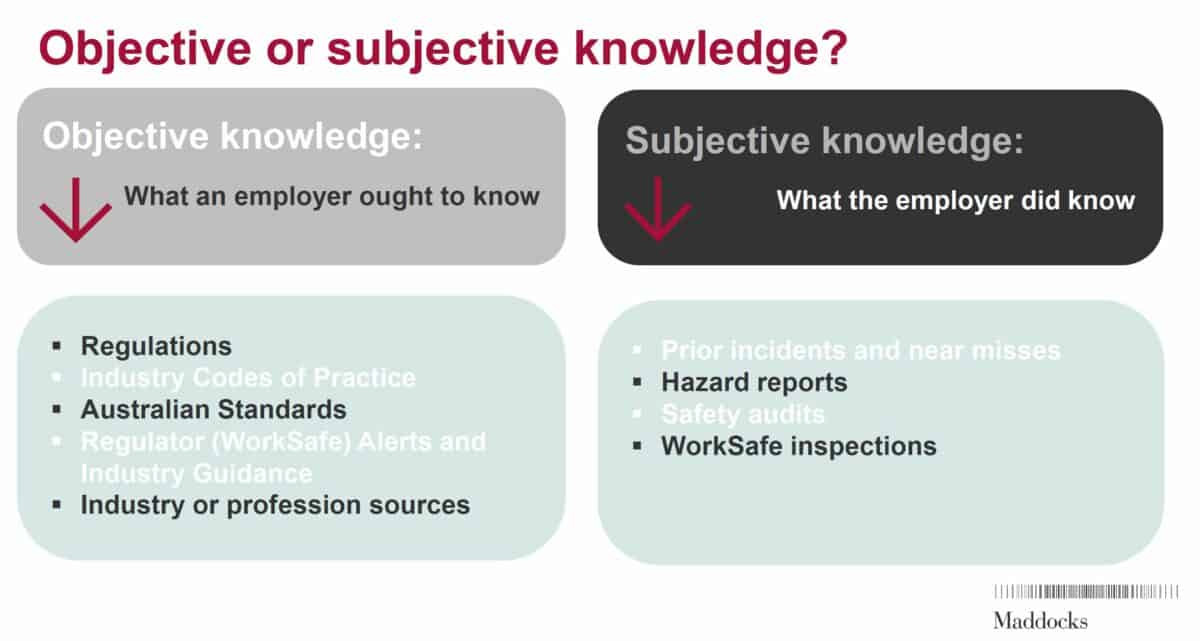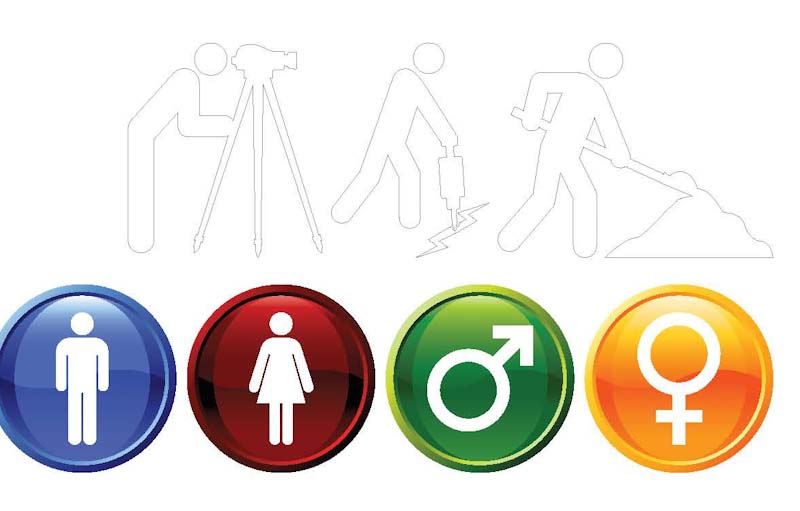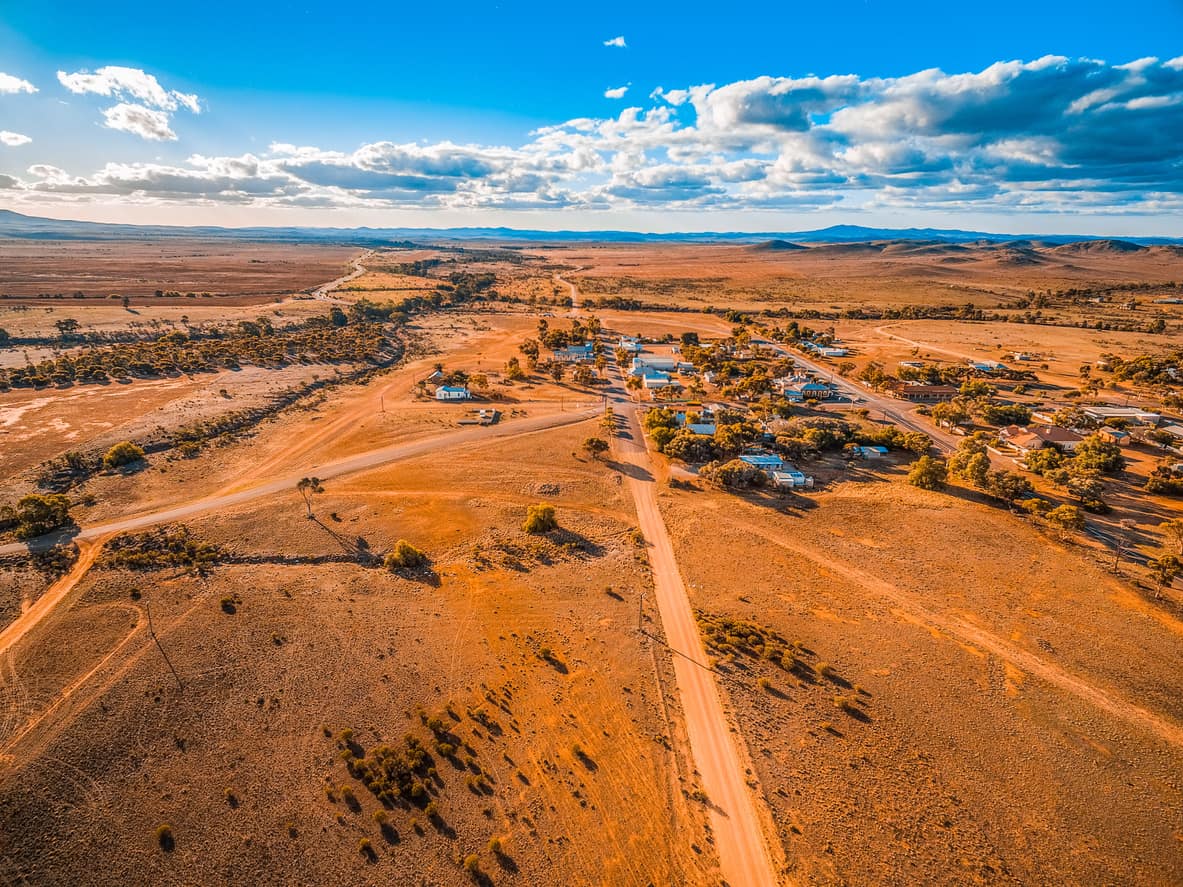The legal action by Self-Employed Australia’s Ken Phillips to hold the Victorian Premier, Daniel Andrews, ministers and senior bureaucrats accountable for COVID-19-related deaths stemming from the failure of the hotel quarantine program appears to have failed. At least it has in the courts, fringe community and political views still exist saying that Andrews should be pursued for murder or industrial manslaughter.
Category: Investigation
Two OHS regulators under investigation
Almost all the government agencies that regulate occupational health and safety (OHS) in Australia have been subjected to various independent inquiries. These inquiries have been a mix of political, financial and cultural. The review of SafeworkSA closes submissions at the end of this week. SafeWorkNSW is to have a six-month audit (paywalled) of its performance by the NSW Auditor-General, according to Adele Ferguson in the Sydney Morning Herald.
The Auditor-General is yet to release a media statement on the audit, but Ferguson identifies several serious concerns.
Improving the OHS state of knowledge
Earlier today, I wrote about the potential benefits of having an Australian Workplace Safety Bureau, an idea I first proposed in 2018. Others have similar thoughts.
On the Australian Broadcasting Corporation (ABC) website, Elizabeth Byrne has written about the decade-long effort of Kay Catanzariti to gain justice, and an apology, for the death of her son, Ben. Catanzariti has been a strong advocate for workplace health and safety for a long time. The ABC article quotes Catanzariti:
“Mrs Catanzariti says her experience shows that investigators need more expertise. “I want a federal investigation team for deaths on worksites,” she says.”
COVID-19 lessons are more likely to come from an independent investigation than from OHS prosecutions
WorkSafe Victoria has a window of two years, within which it must start a prosecution for breaches of the occupational health and safety (OHS) legislation. As a result, a small number of notable prosecutions commenced recently from the early days of the coronavirus pandemic.
Over the last few weeks, Worksafe has started court action against St Basil’s Homes For The Aged, Heritage Care Pty Ltd and an individual nurse.
‘Enough was Enough’ over a decade ago and the mining industry failed to act then
The recent report on sexual harassment at West Australian mine sites deserves national attention for several reasons. The stories are horrific, partly because many of us thought such stories were in the distant past. The fact that many are recent should shock everyone into action.
The report “Enough is Enough”is highly important, but its newsworthiness seems disputable. Some media have covered the report’s release but the newsworthiness, in my opinion, comes less from this one report but from the number of reports and research on sexual harassment, bullying, abuse, disrespect and more in the mining sector over the last twenty years that have done little to prevent the psychosocial hazards of working in the mining and resources sector and especially through the Fly-in, Fly-Out (FIFO) labour supply process.
Another attack and death of a remote area nurse
In 2008 a remote area nurse was raped and assaulted in her work-related residence in Mabuiag Island in the Torres Strait. More recently, South Australia had a similar incident – the rape and murder of nurse Gayle Woodford while working on-call alone. Both have resulted in inquiries by Coroners, Departments of Health and others, with similar outcomes, primarily that these incidents could have been prevented.
The recent outrage around Woodford’s death was that SafeWorkSA investigated and decided not to proceed with a prosecution of her employer Nganampa Health Council (NHC). The Coroner had already investigated Woodford’s death and found significant deficiencies in the NHC’s management systems and practices. Understandably questions have been asked in the South Australian Parliament, questions that raise important occupational health and safety (OHS) issues.
Cooperation, duty of care, jail, death and a simple message
The details of the death of disabled woman Ann Marie Smith are horrific. (Readers can look them up online but be warned that they are confronting) Last week the South Australian police (SAPol) charged two directors of Integrity Care SA, Amy June Collins and Alison Maree Virgo, and the company itself with criminal neglect causing death and failing to comply with a health and safety duty of care, according to one media report.
There are many occupational health and safety (OHS) lessons from Smith’s death, but one of particular note is that the South Australian Police and SafeWorkSA conducted a joint investigation. Deputy Commissioner of Police Linda Williams said, in a media release:







